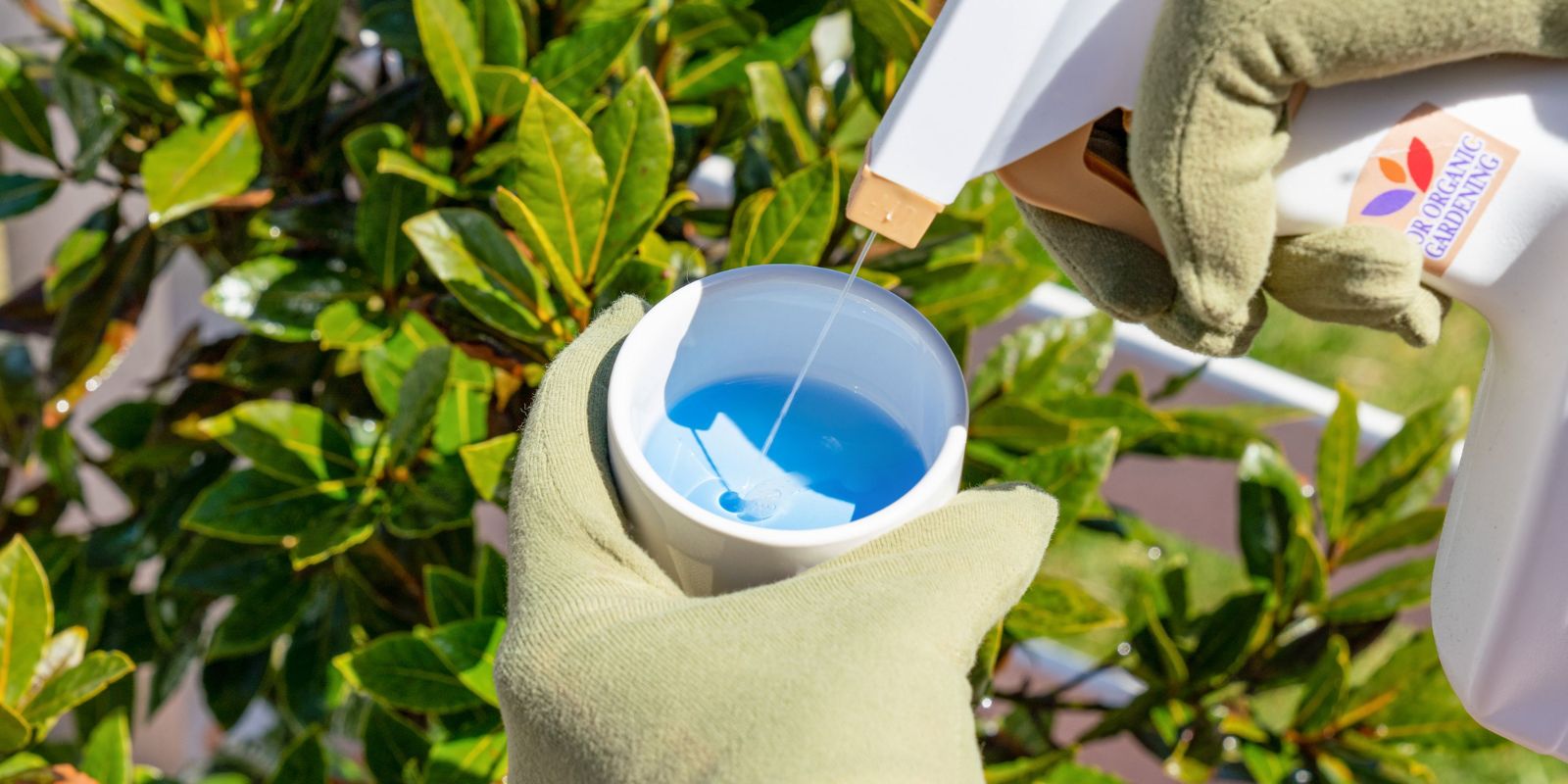Scale insects are one of the most common and persistent pests that gardeners encounter. These tiny, sap-sucking insects attach themselves to plant stems, leaves, and branches, weakening plants and making them vulnerable to diseases. While they may seem harmless at first, an unchecked infestation can cause significant damage, from stunted growth to plant death.
This guide will provide an in-depth look at how to identify scale insects, prevent infestations, and remove them effectively using eco-friendly and practical methods. With the right approach, you can protect your plants and maintain a thriving garden.
Understanding Scale Insects
Scale insects are small, immobile pests that form protective coverings, making them difficult to eliminate. They belong to the family Coccoidea and are often categorized into two groups:
- Soft Scales: Produce a waxy covering and excrete honeydew, leading to sooty mold growth.
- Hard (Armored) Scales: Form a tough outer shell, making them resistant to some treatments.
These insects feed by piercing plant tissue and extracting sap, leaving behind discolored, yellowing, or wilted leaves. Commonly affected plants include citrus trees, succulents, houseplants, and ornamental shrubs.
Signs of a Scale Insect Infestation
Identifying scale insects early is critical to stopping their spread. Look out for:
- Small, Bump-Like Insects: Check stems and leaves for tiny, dome-shaped bumps that do not move.
- Yellowing Leaves: Scale insects rob plants of nutrients, leading to discoloration and wilting.
- Honeydew and Sooty Mold: Sticky residue on leaves is a sign of honeydew secretion, often followed by black sooty mold growth.
- Stunted Growth: Infested plants may stop growing or producing flowers and fruit.
Step 1: Preventing Scale Infestations
1. Regular Plant Inspection
Early detection is key. Inspect your plants weekly, especially the undersides of leaves and stems. Pay close attention to plants in humid or sheltered areas where scale insects thrive.
2. Avoid Overcrowding
Scale insects spread easily in tightly packed gardens. Provide adequate spacing between plants to improve airflow and reduce humidity.
3. Quarantine New Plants
Always inspect and isolate new plants before introducing them to your garden. This helps prevent the spread of hidden infestations.
4. Strengthen Plant Health
Healthy plants are more resistant to pests.
- Use balanced fertilizers to provide essential nutrients.
- Water plants consistently but avoid overwatering, which can stress them.
5. Encourage Beneficial Insects
Ladybugs, lacewings, and parasitic wasps are natural predators of scale insects. Plant flowers like dill, fennel, or marigolds to attract these helpful insects.
Step 2: Removing Scale Insects
If prevention efforts fall short and scale insects take hold, swift action is necessary. Here are the most effective removal methods:
1. Manual Removal
For light infestations, manually remove scales:
- Use a soft brush or cloth dipped in soapy water to gently scrub affected areas.
- Dispose of pruned, infested parts in sealed bags to prevent reinfestation.
2. Neem Oil Spray
Neem oil disrupts the lifecycle of scale insects and acts as a deterrent:
- Mix 2 tablespoons of neem oil with 1 gallon of water and a few drops of dish soap.
- Spray directly onto the infested areas, ensuring thorough coverage.
Repeat weekly until the infestation is under control.
3. Horticultural Oils
Horticultural oils suffocate scale insects by coating their shells:
- Apply during the dormant season for outdoor plants, as these oils can damage leaves in intense sunlight.
- Follow product instructions carefully to avoid harming beneficial insects.
4. Rubbing Alcohol Treatment
For hard scales, use rubbing alcohol:
- Dip a cotton swab in 70% isopropyl alcohol.
- Dab each insect directly to dissolve its shell.
This method is labor-intensive but effective for houseplants and small infestations.
5. Biological Control
Introduce beneficial insects to your garden:
- Ladybugs and lacewings are available for purchase online or at garden centers.
- Release them near infested plants in the evening when temperatures are cooler.
Step 3: Post-Infestation Care
Once the infestation is under control, it’s essential to restore plant health and prevent a recurrence.
1. Prune and Clean
- Remove any remaining infested plant parts.
- Clean tools with rubbing alcohol or a bleach solution to prevent spreading pests.
2. Fertilize Wisely
Use slow-release, balanced fertilizers to avoid rapid new growth, which can attract scale insects.
3. Monitor Continuously
Continue inspecting your plants regularly to catch any new infestations early.
Eco-Friendly Tips for Long-Term Scale Management
- Diatomaceous Earth: Dust affected plants with diatomaceous earth to kill soft scales without harming beneficial insects.
- Homemade Garlic Spray: Blend garlic cloves with water, strain, and spray on plants to repel pests.
- Mulch Properly: Apply mulch around plants to improve soil health while preventing scale-friendly environments.
Conclusion
Scale insects can pose a significant challenge to gardeners, but with proactive prevention and effective removal techniques, you can protect your plants and restore their health. Whether you’re using neem oil sprays, introducing beneficial insects, or simply improving plant care, every effort contributes to a healthier, more vibrant garden.
Have you battled scale insects before? Share your success stories or favorite methods below to inspire fellow gardeners! 🌿

